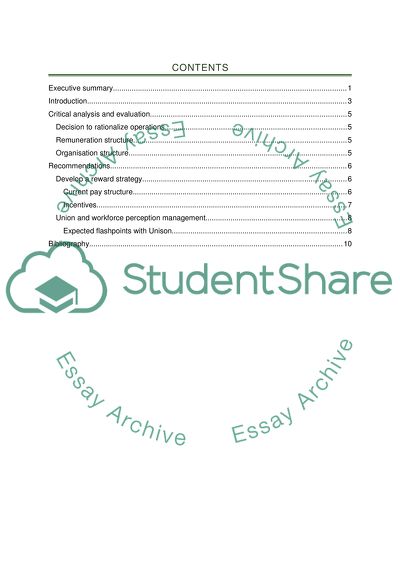Cite this document
(“Reward Managment Essay Example | Topics and Well Written Essays - 3000 words”, n.d.)
Retrieved from https://studentshare.org/environmental-studies/1418108-reward-managment
Retrieved from https://studentshare.org/environmental-studies/1418108-reward-managment
(Reward Managment Essay Example | Topics and Well Written Essays - 3000 Words)
https://studentshare.org/environmental-studies/1418108-reward-managment.
https://studentshare.org/environmental-studies/1418108-reward-managment.
“Reward Managment Essay Example | Topics and Well Written Essays - 3000 Words”, n.d. https://studentshare.org/environmental-studies/1418108-reward-managment.


